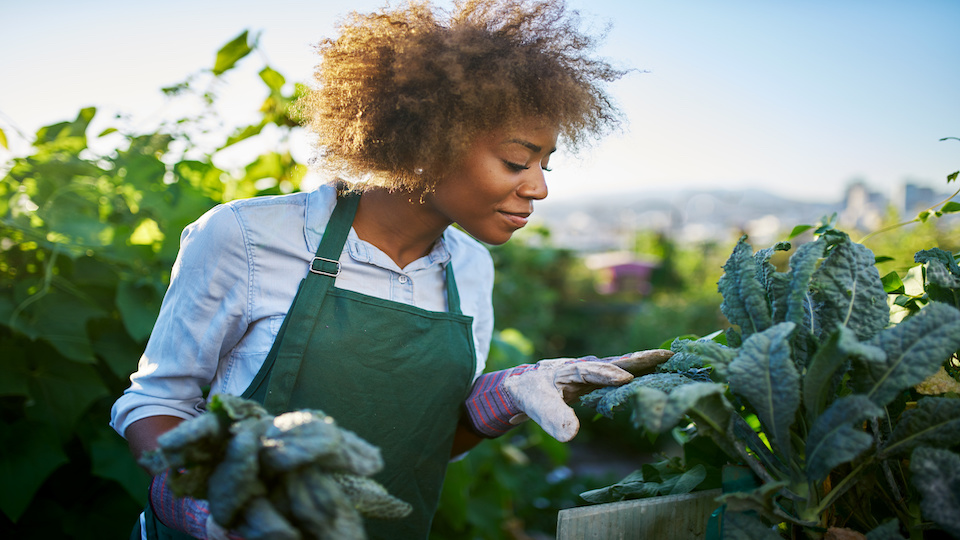9 Creative Ways to Extend the Growing Season
It is easy to look at gardeners in other gardening zones and wish that you had the ease of a tropical climate or the long growing season of southern gardens. However, there are ways that you can extend the growing season and increase your vegtable harvest with the following tips and tricks.


